Our Executive Compensation Re-Imagined Series explores a new approach to executive compensation and governance.
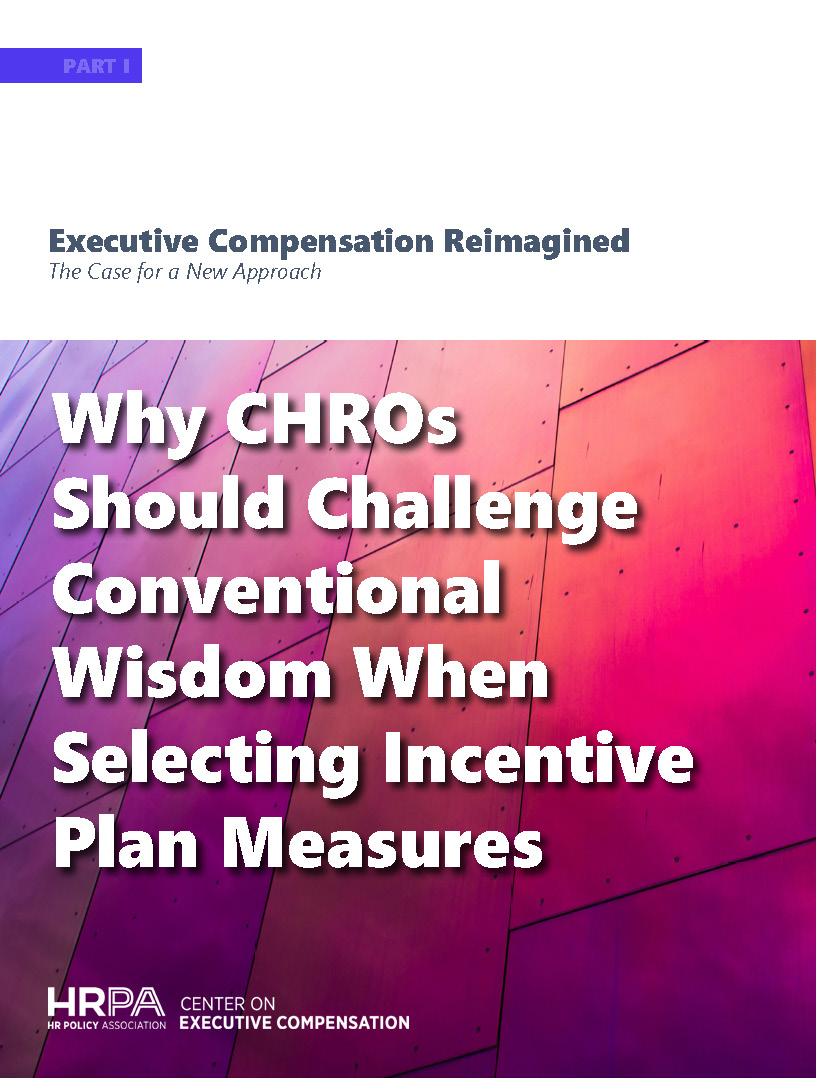 Why CHROs Should Challenge Conventional Wisdom When Selecting Incentive Plan Measures
Why CHROs Should Challenge Conventional Wisdom When Selecting Incentive Plan Measures
Faced with increased leverage from proxy advisory firms, many boards are approving incentive plans that conform to proxy firm guidance instead of tailoring their plans to meet the unique needs of their firms.
By challenging conventional wisdom with fact-based analysis, CHROs can change the dialogue around pay and provide their compensation committees the foundation to challenge the “one size fits all” mentality of the Say on Pay era.
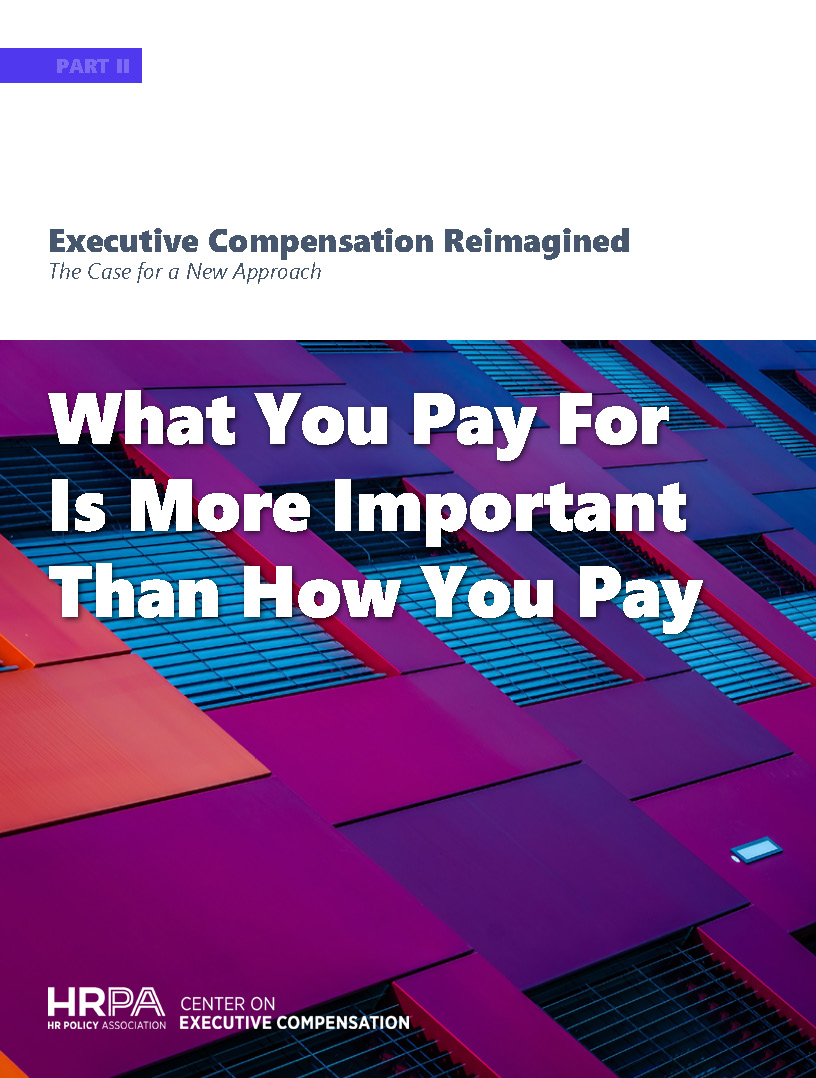 What you Pay For is More Important than How You Pay
What you Pay For is More Important than How You Pay
Using your company’s Measures strategy as a starting point, re-imagining incentive plan design is a process of discovering the financial and non-financial drivers that are most likely to result in sustained shareholder value over time.
There are many types of financial measures used by a wide variety of stakeholders – investors, accountants, regulators, and executives to name a few. When it comes to incentive design, the most popular measures used in short term plans are revenue, operating income and earnings per share; while relative TSR, EPS and capital return measures are most common in long term performance plans.
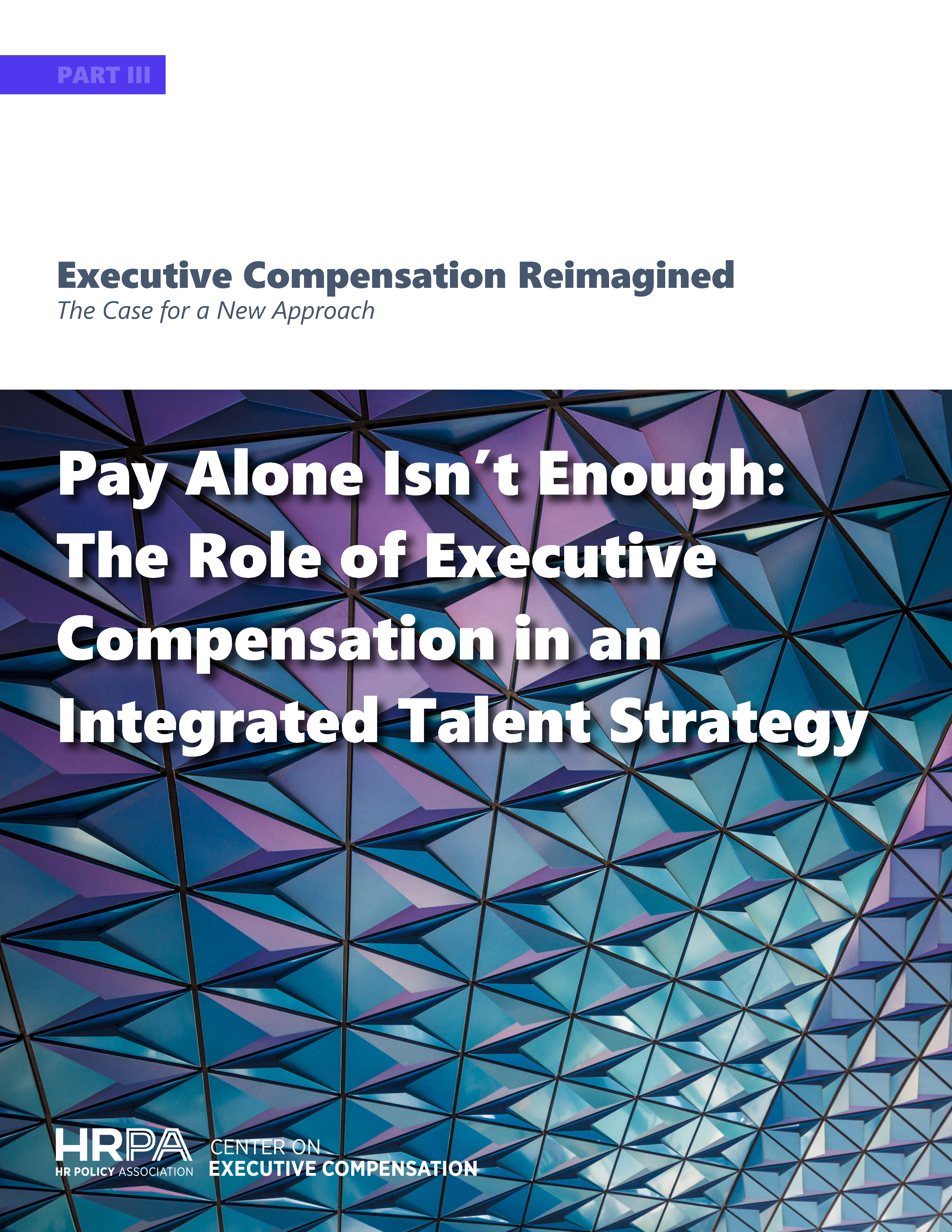 Pay Alone Isn’t Enough: The Role of Executive Compensation in an Integrated Talent Strategy
Pay Alone Isn’t Enough: The Role of Executive Compensation in an Integrated Talent Strategy
We continue this series by taking a more holistic view – recognizing that a well designed pay program is important to a company’s success, but it is not enough. It is only one component of a larger, comprehensive talent strategy. To truly turn the company’s talent into a source of competitive advantage, CHROs need to develop people, pay, organization and culture strategies.
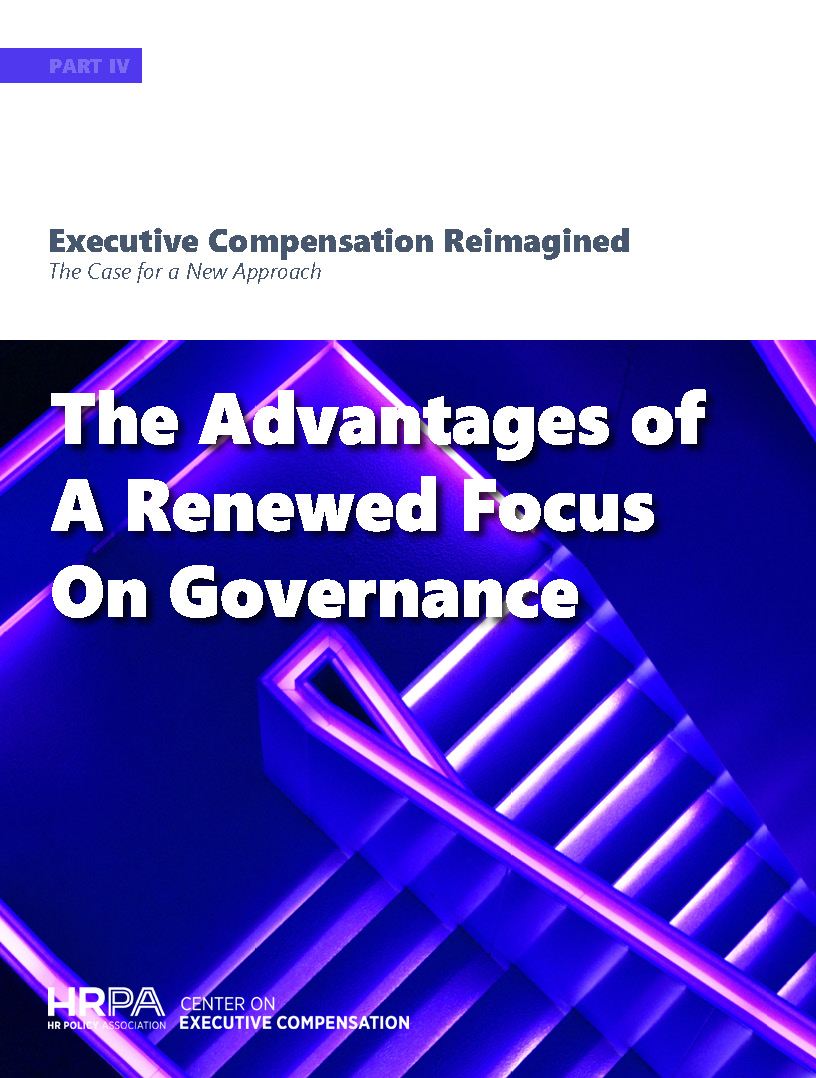 The Advantages of a Renewed Focus on Governance
The Advantages of a Renewed Focus on Governance
Here we address the essential role that corporate governance plays in the process, especially the role of the compensation committee in determining the level and form of executive compensation and corresponding incentive performance metrics. Companies seeking to re-orient their incentive plans by moving beyond TSR need to ensure
that the compensation committee fully understands the company’s drivers of long term value creation, how pay is linked to business and talent strategies while ensuring that appropriate governance processes are followed. This is especially the case now that large investors increasingly want to hear from directors on these issues and proxy advisory firm recommendations can have a big influence on both say on pay outcomes and on the reelection of directors.
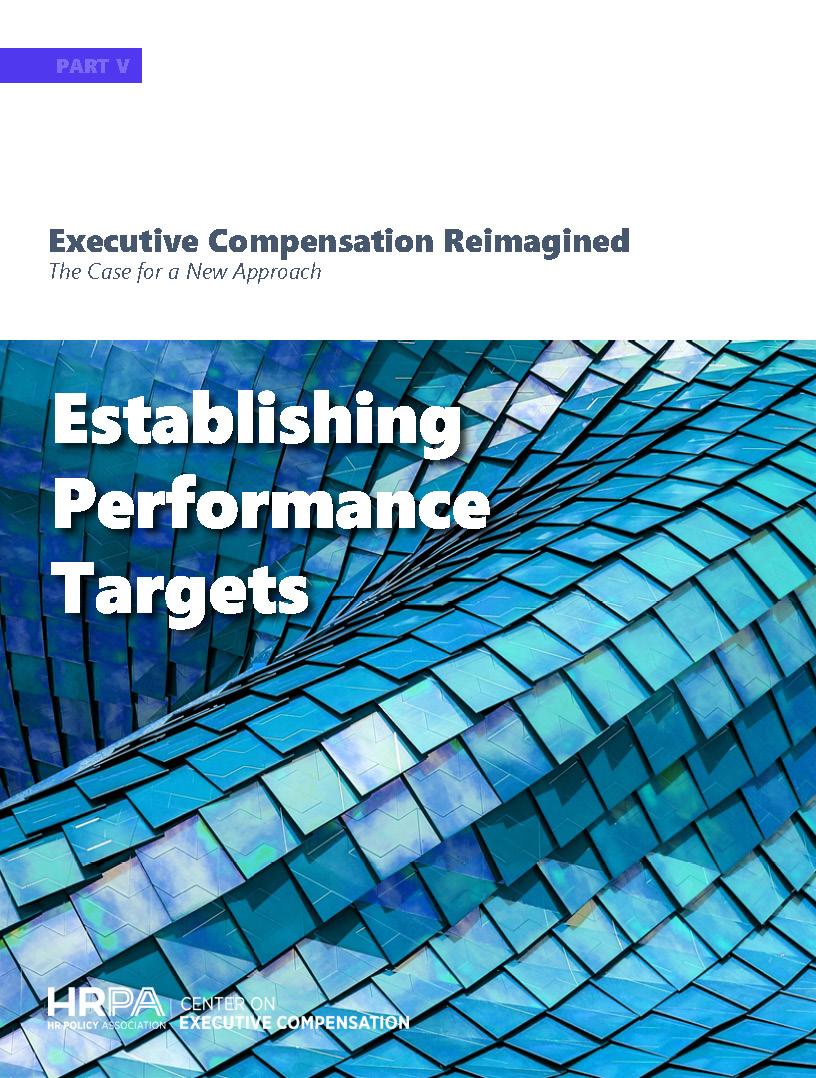 Establishing Performance Targets
Establishing Performance Targets
After years of Say on Pay votes resulting in overwhelmingly positive support for management, it would be understandable to conclude that the debate over executive compensation has been settled. The most questionable pay practices have largely disappeared, shareholder engagement with management is at an all time high, and pay packages are more closely linked with performance than ever before. However, as we have discussed in the first two parts of this series, the focus on executive pay has now shifted to questioning whether companies are basing the assessment of pay for performance on the metrics most aligned with their business strategy. While total shareholder return (TSR) has become the predominant metric for long-term performance plans, investors are questioning whether it is the right metric for focusing management’s attention on long-term value creation.
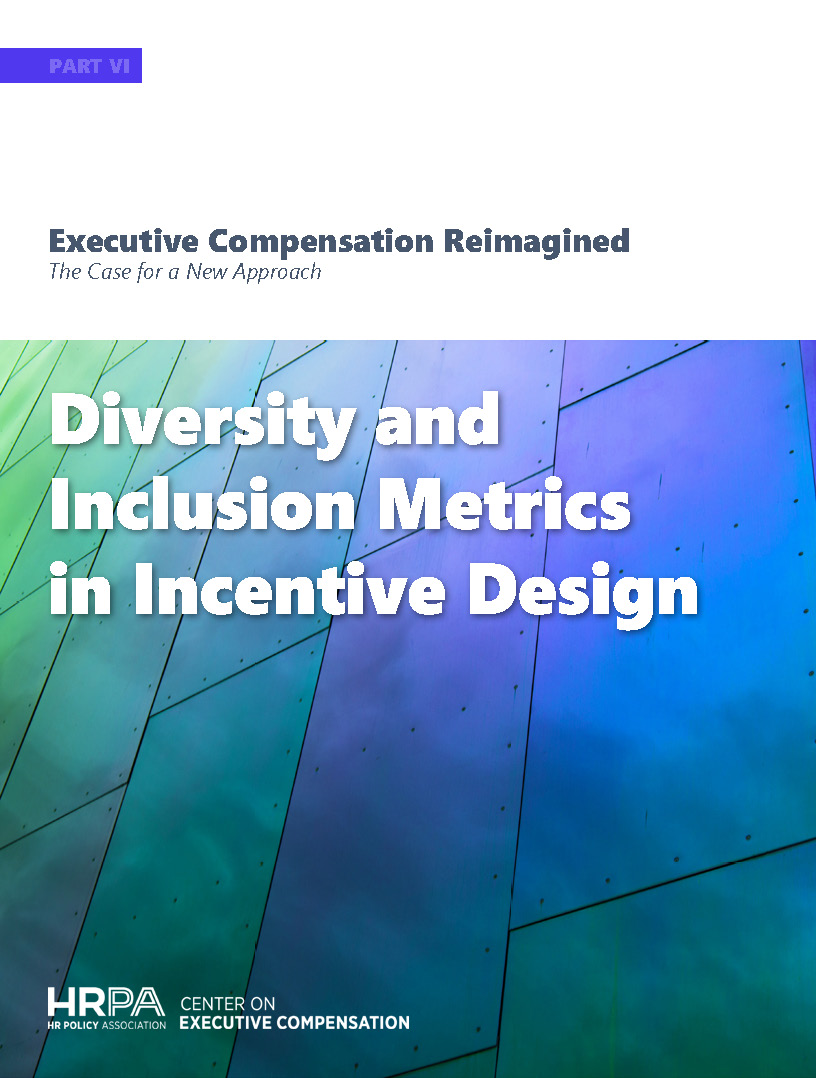 Diversity and Inclusion Metrics in Incentive Design
Diversity and Inclusion Metrics in Incentive Design
In this installment of our Executive Compensation Reimagined series, we’ll explore how companies who have decided to incorporate D&I metrics into executive pay can apply established principles used in selecting financial metrics to address this important design challenge. We’ll discuss the key steps in this process.
Amid increasing calls for transparency on D&I issues, companies have responded by disclosing more information than ever before on their efforts in this area. When these metrics are included in executive pay plans, companies will need to ensure their proxy disclosures adequately tell the story of the role of pay in supporting their D&I efforts. For examples on the current state of D&I disclosures, including goals linked to pay, refer to our sister publication, “Diversity and Inclusion Disclosures.”